We could talk all day about what constitutes a classic book. My list would be different to your list and we could debate the virtues of our choices ‘til we’re blue in the face!
The definition of a classic book is a long and hotly debated topic. All exemplary, all noteworthy, but as we discussed in a recent blog on our sister site LoveReading4Kids when we debated the top 50 classics every child (and adult) should read, there are some tenets that the classics all have in common.
In classic literature, a work is usually considered to be a representation of the period in which it was written and it merits lasting recognition, one that deserves re-reading five times, and picking up again five years even 100 years after its publication. They are a treasured experience, they are books which exercise a particular influence when they imprint themselves on our imagination as unforgettable. They don’t elicit indifference, they polarise opinion. In other words, in this interpretation, a recently-published book is not a classic. While the term "modern classic" may apply to books written after World War II, they need longevity to achieve the designation of a simple "classic."
Here at LoveReading we present our list of classic books, all published before 1950.
We start with the collection of stories told by 24 fictional pilgrims in a story-telling competition in the incredible Chaucer’s Canterbury Tales, hailing from 1476! With one book from the 1700s, an amazing 29 from the 1800s, we selected the remaining 19 from the 20th century and finish the list in 1950.
It is an incredible list of stunning classics, all of which we adore here at LoveReading. What’s your favourite, how many have you read…and what will you be reading or re-reading next?



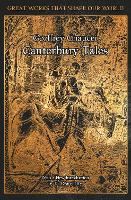
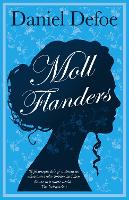
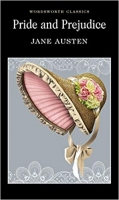
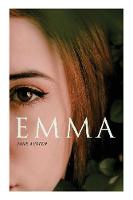

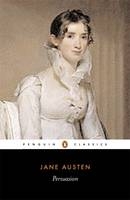

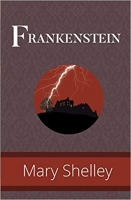
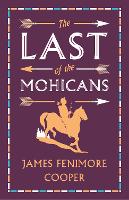
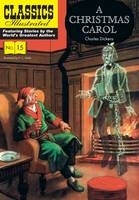
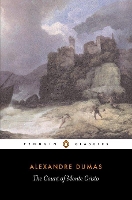
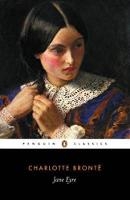
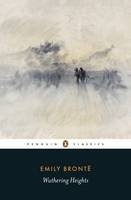
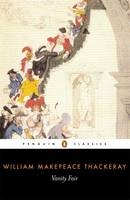

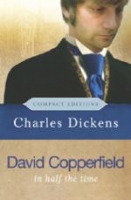
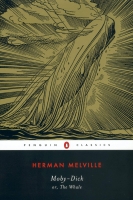
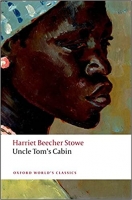
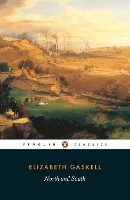
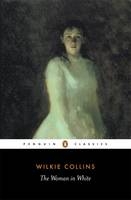
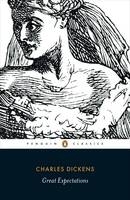
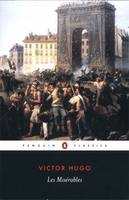
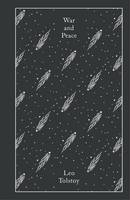
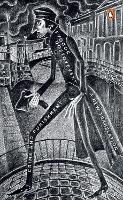
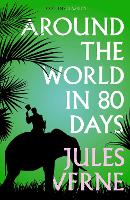
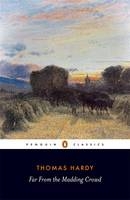
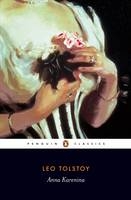
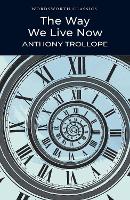
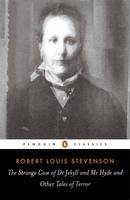
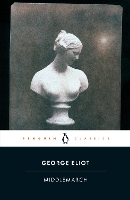
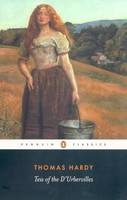
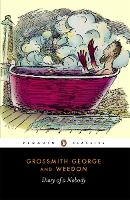
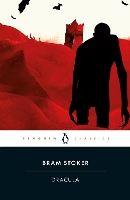
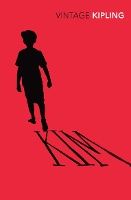
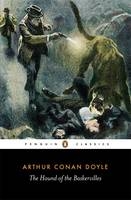
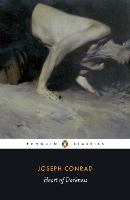
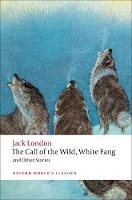
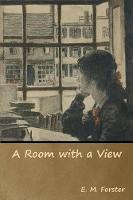
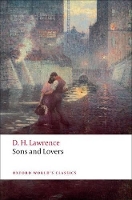
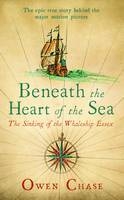
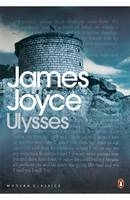
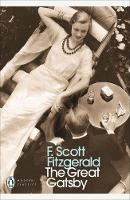
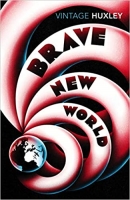
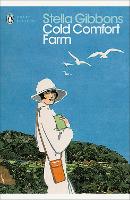
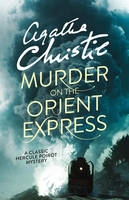
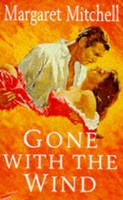
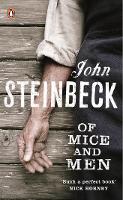
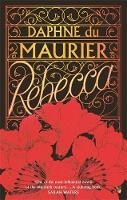
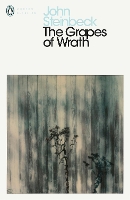
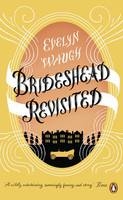
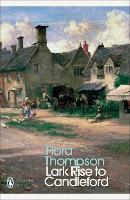
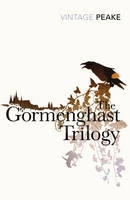

Comments (76)
Aileen H - 25th October 2020
Brilliant selection of booksTracy B - 25th October 2020
A great list of classics, have read quite a few of them and will be reading some of the ones I haven't read yetHeather N - 25th October 2020
Great list! Some of my “go to” favs, a couple on my “must get round to reading” list, and a couple I hadn’t considered before.Georgie W - 25th October 2020
It's a fabulous list. I've enjoyed many on there and plenty of others are on my wish list!Leah T - 25th October 2020
Ashamed to admit I've never read The Great Gatsby, about time I corrected this error.Jeanette L - 25th October 2020
Fantastic books definitely some brilliant books amongst theseJames D - 25th October 2020
My favourite book growing up was The Catcher In The Rye. This is a great list.Tracy G - 25th October 2020
I have read a few of these but there are lots that I still need to read.Stephanie A - 25th October 2020
Love the list of mice and men and 1984 are personal favouritesMichelle P - 24th October 2020
Not read a classic for a very long time, I must keep this list so I can look out for them so I can ead one every now and again! Many thanksLauren O - 24th October 2020
What a great collection of books!Sheri D - 23rd October 2020
I am surprised at how many of these I have readSheri D - 23rd October 2020
I am surprised at how many of these I have readAndrew W - 23rd October 2020
I'm shocked at myself! I've hardly read any of them!Jennifer R - 22nd October 2020
Some great classics here, some real favourites and some I've yet to read xRebecca K - 22nd October 2020
I'm sorry to say that I haven't actually read any of these books! It has really inspired me to make a start as many of them have been on my 'to read' list for so long :)Michael O - 22nd October 2020
Just under half but a few I am surprised I have missed.Debbie H - 22nd October 2020
Murder on the Orient Express is a great favourite. I first read it when I was around 13. I should like to read all the books in this list.Sonia G - 21st October 2020
What a fantastic list of classics, it definitely inspired me to re-read some of them again.Maria D - 21st October 2020
I have always wanted to read the hound of the baskervillesMaria J X - 19th October 2020
Such a great recommended list of books. Read quite a few books from this list and i absoultutely love them.One of my favourites articles. Thank you for recommending a fellow book-worm !Charlotte C - 19th October 2020
I’ve read 12 so far on the list. One big plus of 2020 is ive made a nice dent in my to read list!Christine L - 17th October 2020
What a great selection, must try and read more from this listRichard T - 16th October 2020
Great list!lynn n - 15th October 2020
I love Pride and PrejudiceHarriet T - 14th October 2020
Would love to have my own personal library one day which would hold all of these books plus many many others ?DENISE W - 13th October 2020
There are some I have read on there others I would love to read great list thank youJenny A - 13th October 2020
I'm pleased to have read a lot of these, but I still have lots to go at.Lesley S - 13th October 2020
Something for everyone. Some I love some I’m not so keen on, great list, thanks.Natasha M - 12th October 2020
I have only read just the one of these. But I do have a lot of them on my to read listDebbie E - 12th October 2020
Looks like a great collection!Alex M - 12th October 2020
A great range of classics here. I'm trying to reread some during lockdownNadia J - 11th October 2020
I am ashamed at how many of these I have yet to read! I am going to do better!Melanie P - 11th October 2020
I’m ashamed to say that I have only read a couple of these classic books but am now going to read more of them!Tamsin T - 10th October 2020
I’m glad to see ‘Dracula’ and ‘Frankenstein’ on the list! I relied on the old school Gothic tales for my dissertation, but I would like to read the other classics on the list too.Karen H - 9th October 2020
Really need to make time to read some classic booksGaynor V - 7th October 2020
I was looking for Woman in WHite, Wuthering Heights and Ann of Green Gables - tow out of three!Andi G - 4th October 2020
Great list of booksPatricia A - 3rd October 2020
I'm 73 and have been an avid reader since Grandma taught me to read before I started school so I have read and enjoyed the majority of books on this list however I have never heard of one of them so will be looking out for a copy now. Beneath the Heart of the Sea The Sinking of the Whaleship EssexSuzanne G - 2nd October 2020
I read The Call of the Wild so many times as a teenager! Many books on this list I still need to read - and encourage my teens to. Great list!Jacqui G - 30th September 2020
Ulysses - I've tried to read this numerous times, roughly every five years, after someone whose book collection I truly admired said I should. I give up after three/four chapters each time, just can't get into it. Pleased to say I've read most of the rest.Michelle S - 30th September 2020
The collection is amazing there are some lovely books that I would love to read.Ruth H - 30th September 2020
Vanity Fair and The Count of Monte Cristo are two of my favourite books of all time! However, putting Middlemarch here - I hated that book, I must tell you all. I found it hard to read, and felt like I'd wasted my time. I know we all don't agree what's good and bad, though, so I accept it being here. Great list otherwise xxKate B - 28th September 2020
Brilliant books on here - A Room With A View and Dracula are my favouritesPippa A - 28th September 2020
I'm guilty of not finding the time to read the classics and I have gaps, this is a great starting point for a 'to read' list.Bridget A - 27th September 2020
I loved reading Of Mice & Men and 1984 at school. I really should read more of the classicsadrian p - 27th September 2020
Embarrassingly ive hardly read any of theseAnnabel G - 27th September 2020
These are all such great classics and I would love to have a chance to read them allLaura P - 27th September 2020
Some great titles in there! Is Vanity Hall going to be included?tessa p - 26th September 2020
Recently read Jane Austen's Mansfield Park for the first time and would put it above Emma - Fanny Price deserves a place in classic book history!claire w - 26th September 2020
Good collection. I've only read a few of them.Sandra L - 26th September 2020
Now that has whetted my appetite for getting out the Golden Oldies and finding a quiet corner to get my head stuck into a good book again!Clive H - 25th September 2020
Great Selection of BooksSheena B - 25th September 2020
I have read a fair number of these I do like a classic to dive intoMary L - 25th September 2020
Good selection. I have read quite a few but some sugfestions I will follow upPeter W - 25th September 2020
Fabulous list.I would put Ulysses as my no 1.Yolanda D - 25th September 2020
I'm a huge book fan & have really wanted to try some of these classics, for quite a long time. Theres just so many books & not enough time in the day to read everything I want to. I'm really going to try harder to fit one in.Karen K - 25th September 2020
My next classic to reread is A Christmas Carol so I can chat to my daughter about it - she is studying it for her GCSE English Lit examsHayley B - 25th September 2020
I’ve not reading everything, but agree with a lot of the books, would have liked to see some Virginia Woolf or China Achebe’s Things Fall Apart. I’ve added one or two to my list though, because I haven’t read any Russian literature.Julie T - 25th September 2020
I love this collection - some great books!Claire T - 25th September 2020
Love this list ! I have read a few but will endeavor to read more !Stuart W - 25th September 2020
Fantastic selectionclaire m - 25th September 2020
You can't beat a Classic from either Dickens, Brontë or Austen. I'm yet to complete reading War and Peace, one day.Sarah B - 25th September 2020
Great selection! Must check how many I've read.Marion P - 24th September 2020
Great list of classic books that everyone should make time to read!Susie W - 24th September 2020
I've read quite a few of them, but some are just too heavy going for me!Gill W - 24th September 2020
Wow, what a fab collection of Classics. Makes me want to start reading them all over again.Lisa R - 24th September 2020
A Room With A View is my favourite, and I've read 36 of them. I think there's a good mix of classics on here, although I'd love to have seen I capture The Castle by Dodie Smith make it on there. I'll be re-reading Murder on the Orient Express next.Ben M - 24th September 2020
It is my aim to read more classics, and this list is a great start. Thank you!Juliet D - 24th September 2020
Very few I haven’t read there - had some brilliant teachers at school who got us reading the good stuff!Michelle L - 24th September 2020
I’m shocked to learn that I have read quite a few in the list. Yippie lolSusan B - 24th September 2020
I love your lists. Thank you! I was slightly put off reading classics at school but have promised myself to dive in again, especially as the range of what is considered a classic is now much wider.Andrea H - 24th September 2020
Ashamed at just how few I've read! Will keep the list to check out some titles over the coming year.Film 1 - 27th July 2020
Thank you for sharing this list of classic books. Classic is always good to read.JENNIFER N - 23rd May 2020
LEWIS GRASSIC GIBBON: A SCOTS QUAIR. This trilogy had a profound impact on me when I read it as a teenagerVicki L - 23rd May 2020
Would love to read them allLeave A Reply
You must be logged in to post a comment.